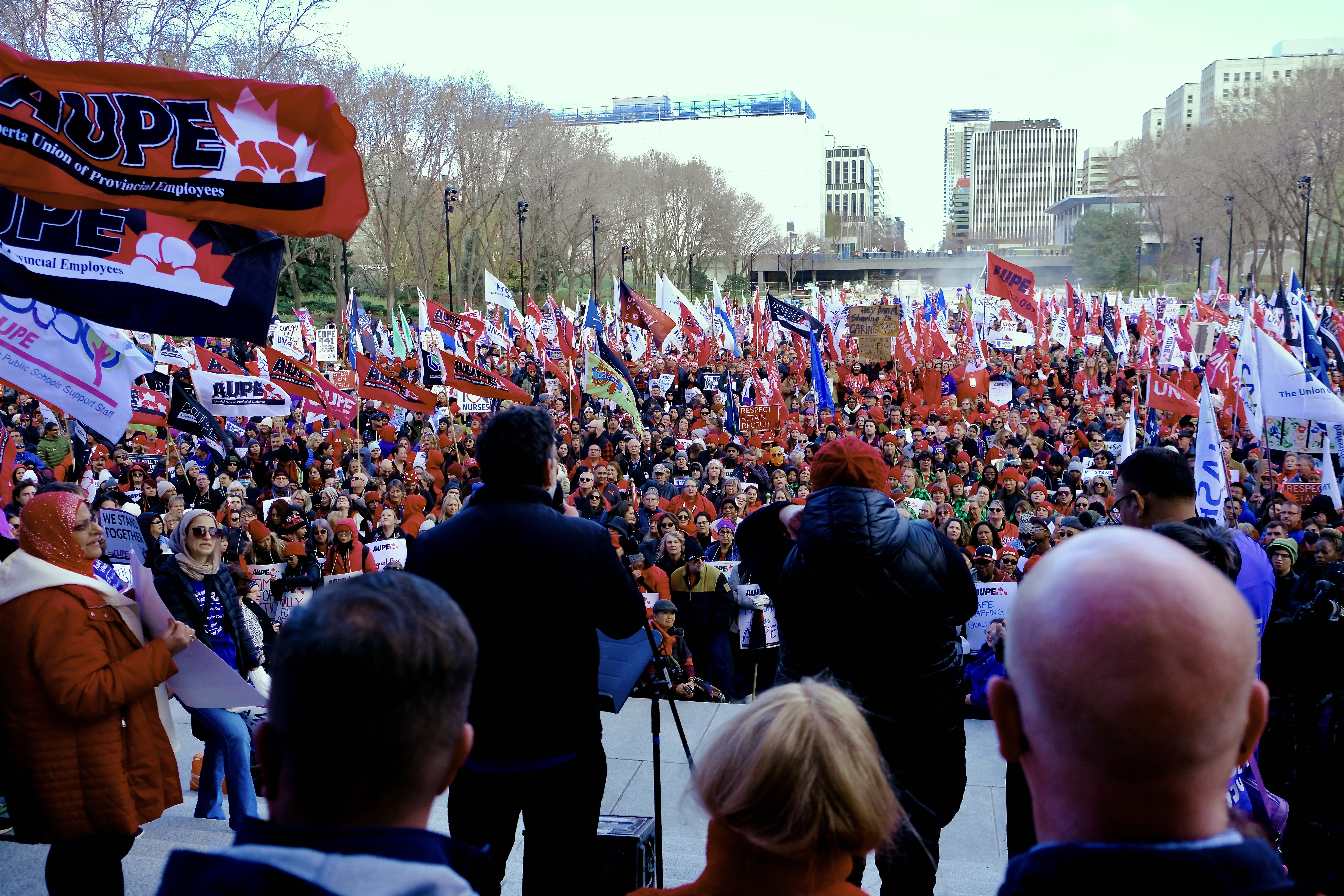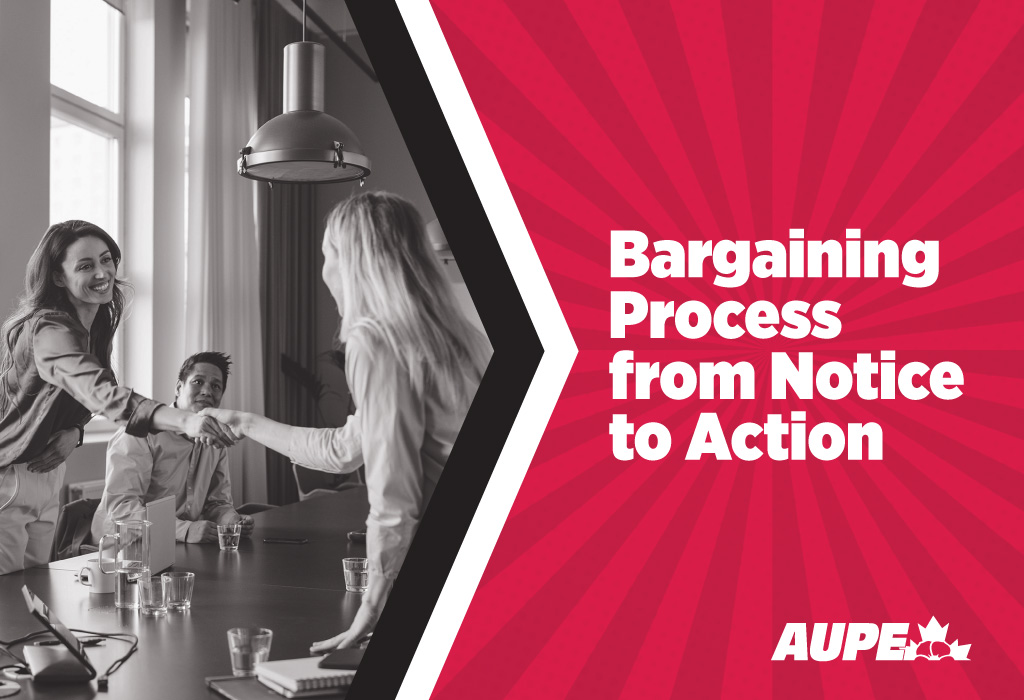Marching to Impasse
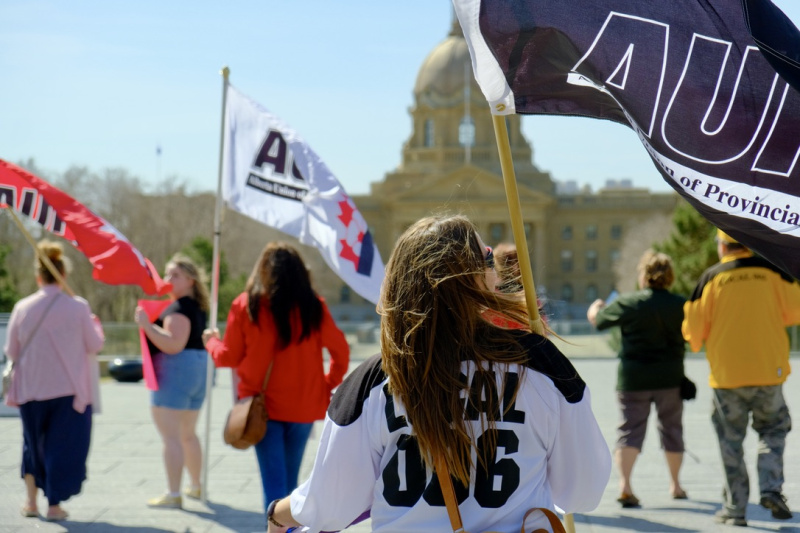
The bargaining process is a series of legally required steps that eventually lead to a collective agreement. Ideally, these steps lead to a negotiated settlement. But it also may require engaging in dispute resolutions like informal and formal mediation. And if employers remain unwilling to give us what we deserve, strike votes and job action.
Throughout 2024 and into 2025, AUPE negotiating teams have fought uphill battles with employers that seem unwilling to bargain in any meaningful way. As a bargaining impasse draws closer to becoming a reality it is important that the AUPE members are prepared for what comes next.
With that in mind, read the rest of this page for the basic steps in bargaining from notice to job action.
Notice to bargain
A formal notice to begin bargaining must be served 60 to 120 days before a collective agreement expires. The first bargaining meeting must take place within 30 days of the notice being served. Refusal to meet can trigger a bargaining in bad faith complaint with the Alberta Labour Relations Code.
Impasse
An impasse is when bargaining talks breakdown without reaching an agreement. Once an impasse occurs, bargaining moves to the dispute resolution stage. The first step is to apply for informal mediation with the Alberta Labour Relations Board (ALRB).
Informal mediation
Informal mediation is voluntary and must be agreed to by both the union and the employer. If both sides accept informal mediation, a mediator will be appointed by the ALRB. The mediator reviews all ingoing proposals, signed articles, and the unsigned articles that lead to the impasse. If an agreement is reached during informal mediation a ratification vote will be held.
Formal mediation
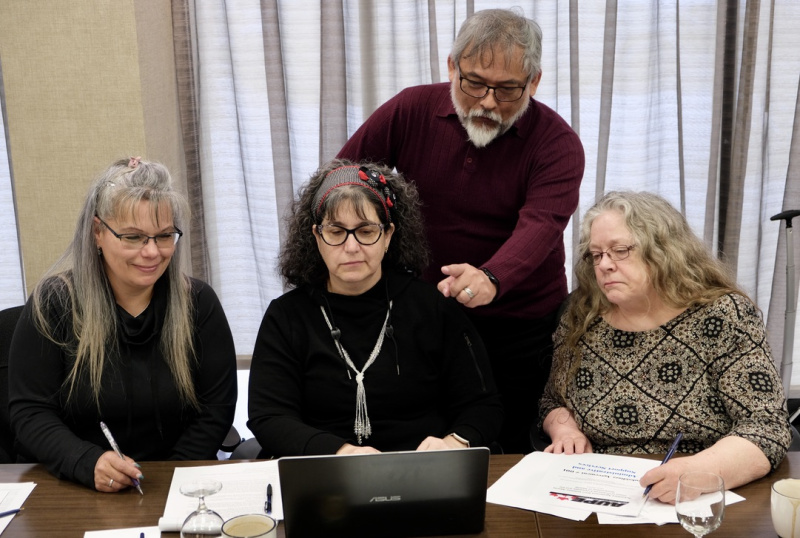
Formal mediation can only occur when an Essential Service Agreement (ESA) is in place and is required before the union can take a strike vote or the employer can lockout its workers.
An ALRB appointed mediator will meet with both sides to discuss a resolution to the dispute and reach a tentative agreement. If a tentative agreement is reached, the mediator’s report will be put to the membership for a ratification vote.
Strike vote
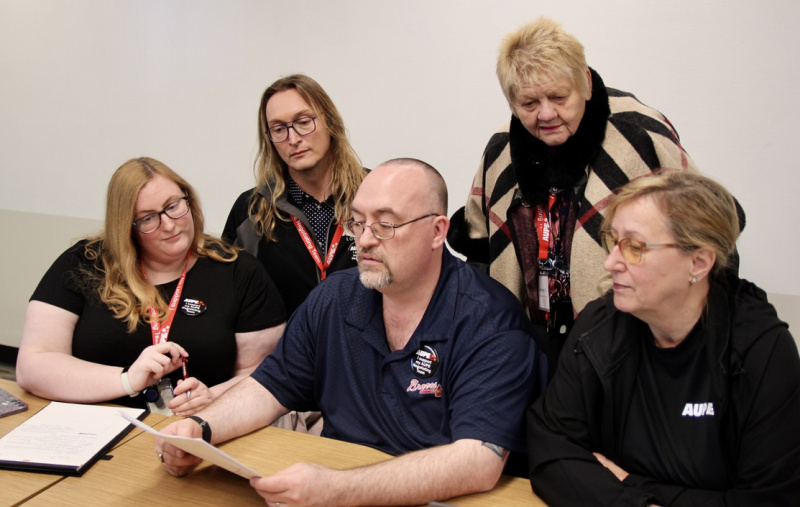
A strike vote may be taken once all other bargaining and dispute resolution options have been exhausted. A strong strike vote – when the overwhelming majority of members vote in favour of going on strike – is sometimes as effective as a strike itself.
Strong strike votes often convince the employer to come back to the bargaining table to seriously negotiate a resolution to avoid a strike. Regardless, workers must prepare to strike if negotiations aren’t successful. In that case, a strike notice will be filed with the Labour Board.
This strike notice will stay in effect for 120 days. During this time, workers can walk off the job, once called for by the union, with 72-hours notice.
Job action - Strike!
Job action, or strike, is when workers withdraw their labour as a result in a breakdown in bargaining. Once the 72-hour strike notice ends job action can begin, and workers are legally able to walk off the job.
Once job action begins, it will continue until both parties come to an agreement. When an agreement is reached, it will be put to members for a vote. If they vote in favour and a settlement is reached, workers will return to work.
